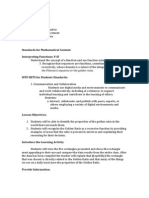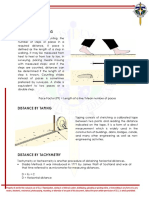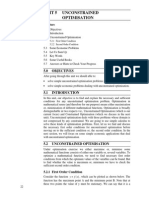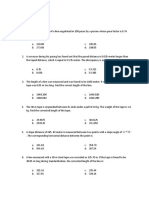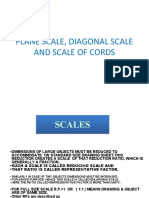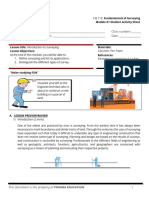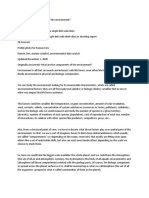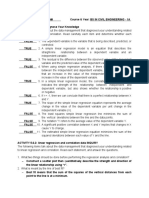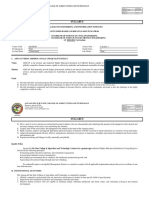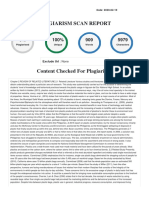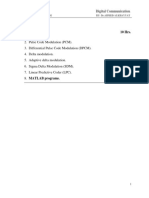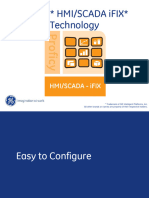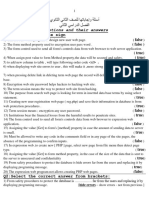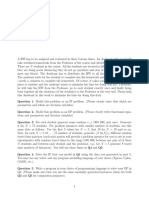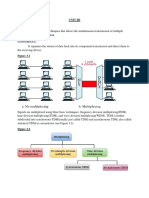0% found this document useful (0 votes)
391 views10 pagesFibonacci Sequence Lecture Notes
The document summarizes key aspects of the Fibonacci sequence in 3 pages. It begins by defining the Fibonacci sequence recursively and listing the first few terms. It then discusses some properties of the sequence, including that the ratio of consecutive terms approaches the golden ratio. It introduces Fibonacci-type sequences and operations on them like addition and multiplication. Sample problems are provided to explore deriving an explicit formula for the nth term and proving properties of the sequence.
Uploaded by
Miki AntonCopyright
© © All Rights Reserved
We take content rights seriously. If you suspect this is your content, claim it here.
Available Formats
Download as PDF, TXT or read online on Scribd
0% found this document useful (0 votes)
391 views10 pagesFibonacci Sequence Lecture Notes
The document summarizes key aspects of the Fibonacci sequence in 3 pages. It begins by defining the Fibonacci sequence recursively and listing the first few terms. It then discusses some properties of the sequence, including that the ratio of consecutive terms approaches the golden ratio. It introduces Fibonacci-type sequences and operations on them like addition and multiplication. Sample problems are provided to explore deriving an explicit formula for the nth term and proving properties of the sequence.
Uploaded by
Miki AntonCopyright
© © All Rights Reserved
We take content rights seriously. If you suspect this is your content, claim it here.
Available Formats
Download as PDF, TXT or read online on Scribd
/ 10





